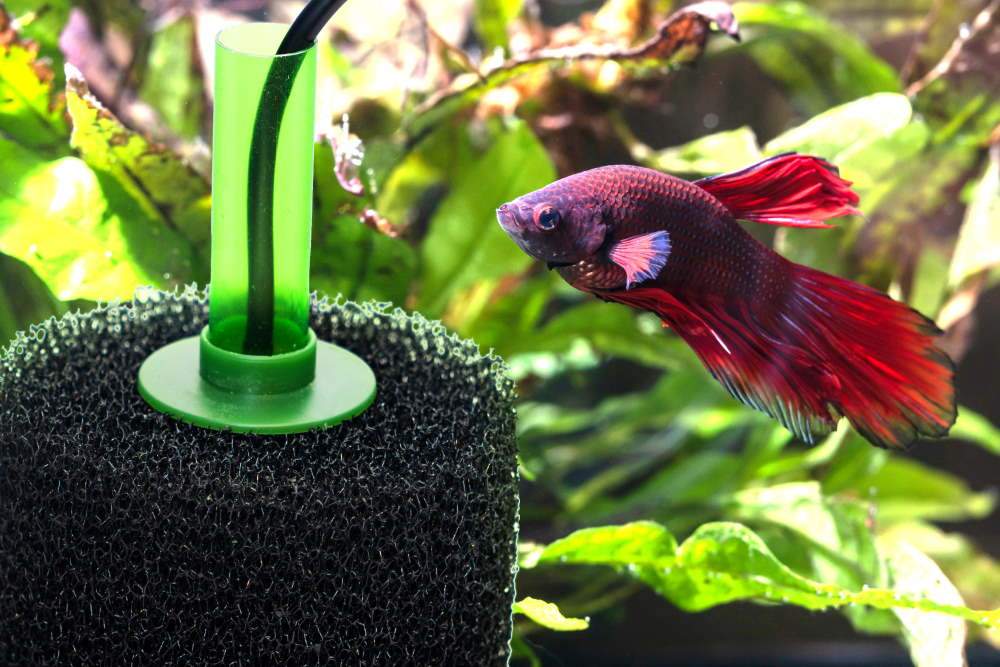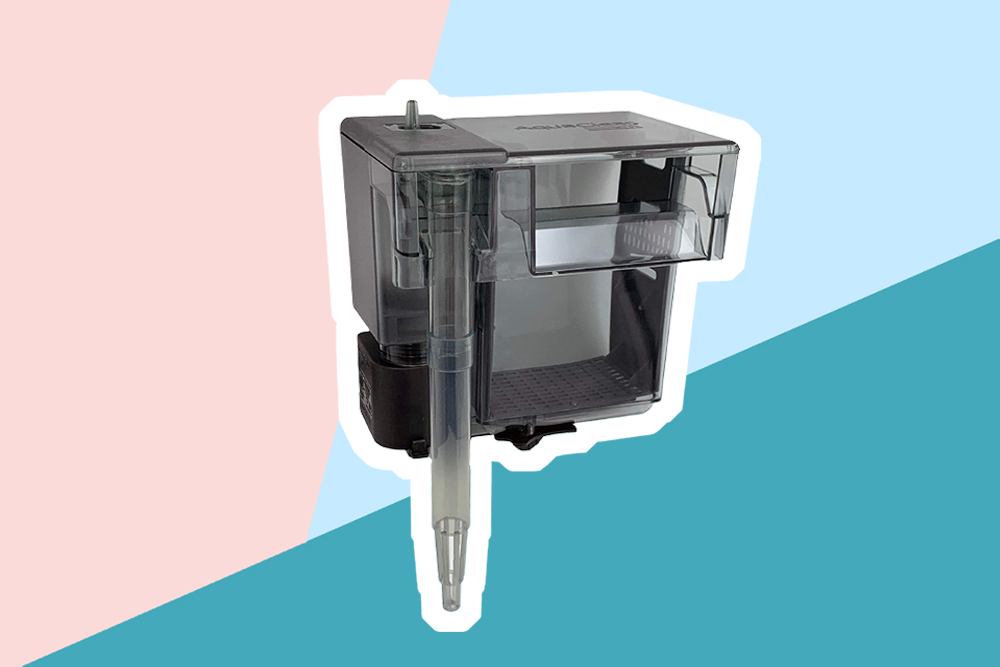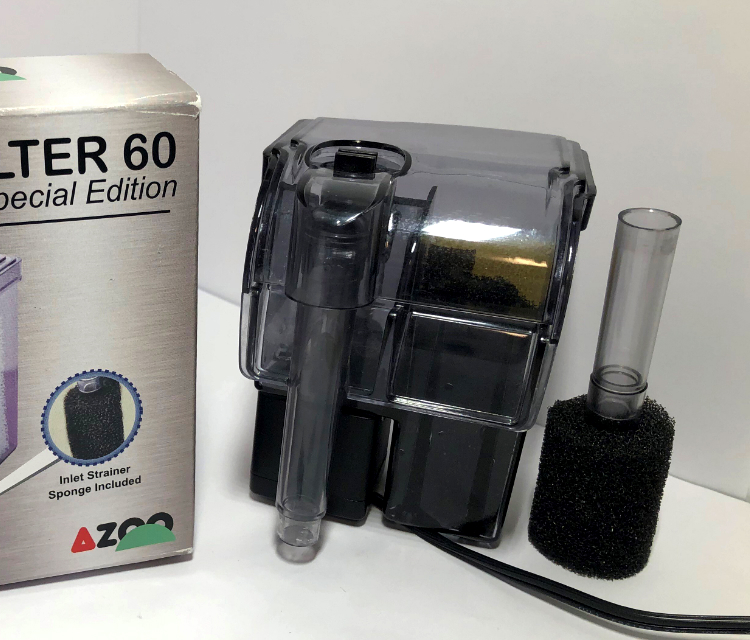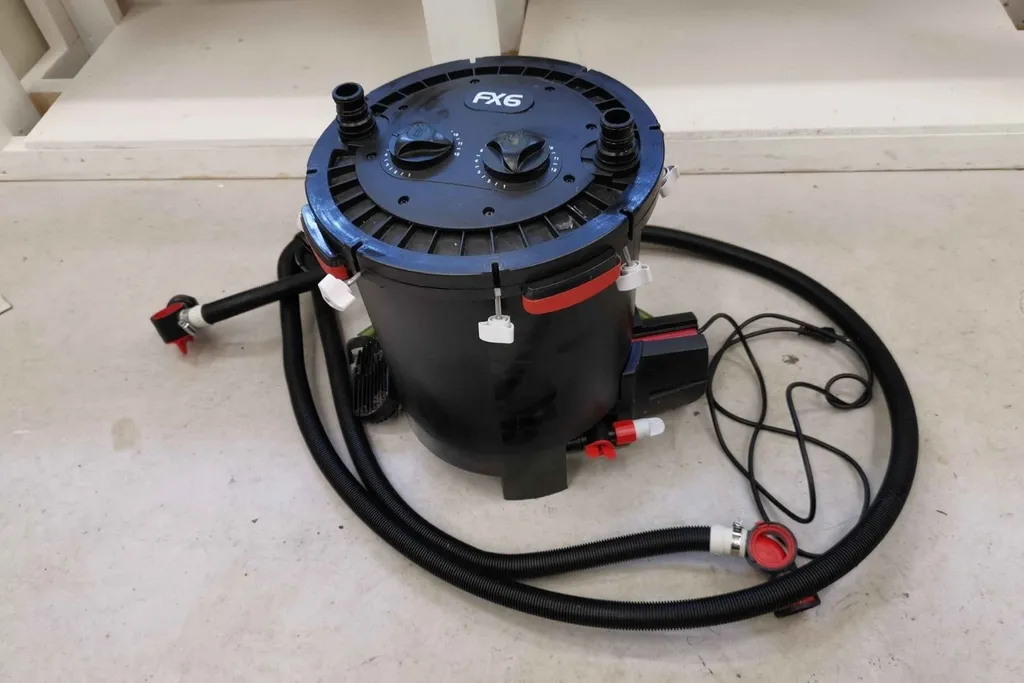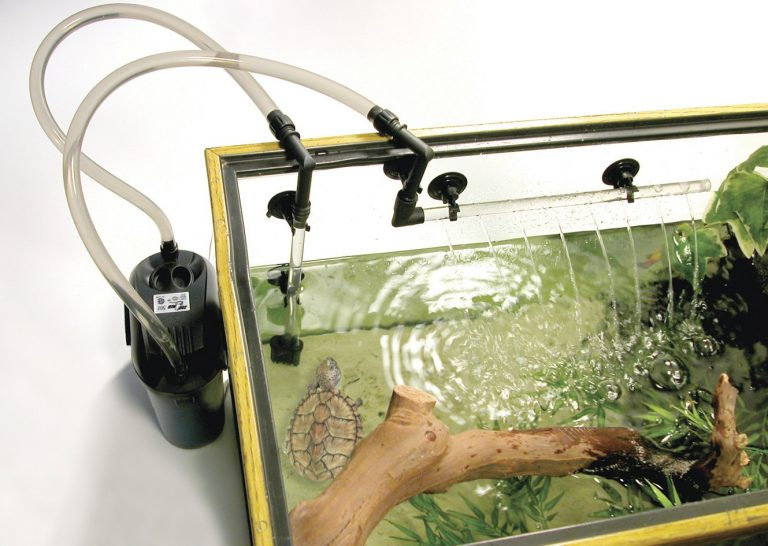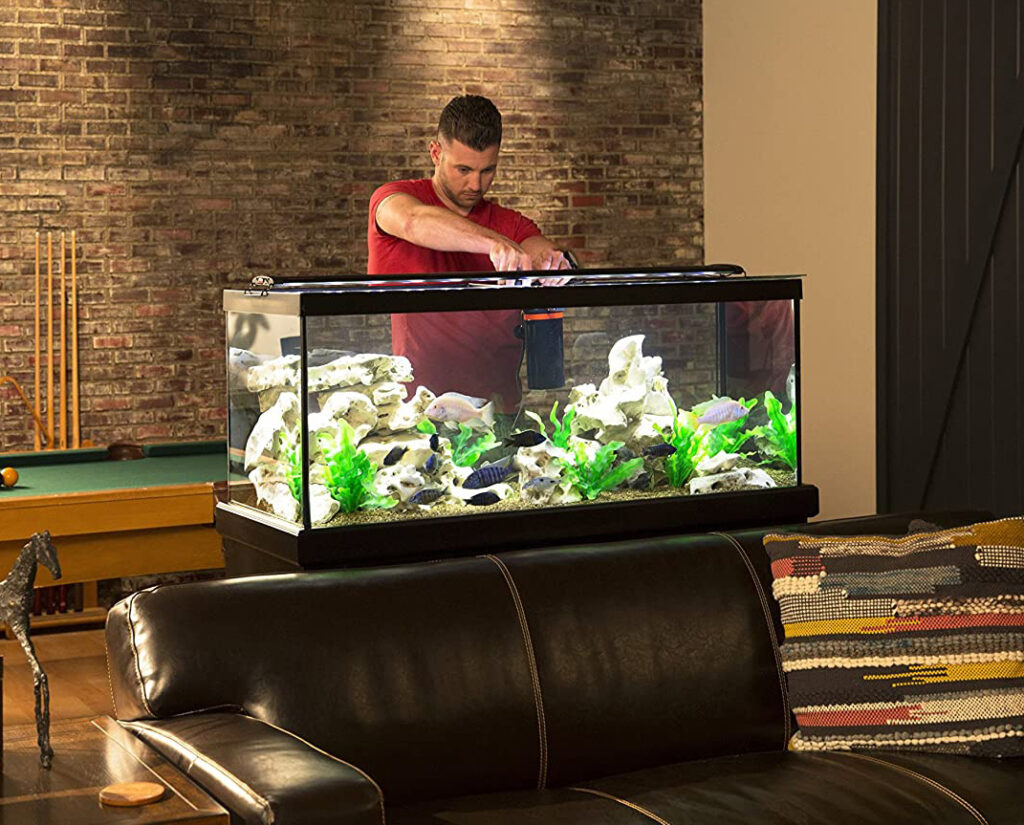

The undergravel filter debate has been going on for years. If you’re, however, a fish lover, then you know it’s a critical element of your aquarium. A good filtration unit not only keeps your aquarium clean but also keeps the fish healthy.
There are various types of filtration aquarium filters, and one of the most popular types is the undergravel filters. They help you keep your fish tank free from toxins, are easy to set up, affordable, and highly efficient. In this guide, we’ll answer the most asked questions, including how does an undergravel filter works, how to install and clean one, as well as the pros and cons of having one. Let’s dive into it!
According to an article by the BBC Trusted Source Aquariums 'deliver significant health benefits' People who spend time in aquariums could improve their physical and mental wellbeing, a study has suggested. www.bbc.com , watching fish swim in aquarium tanks has both mental and physical benefits. Data from a controlled study revealed that people who watched with more fish exhibited a lower blood pressure and had a lower heart rate. They were also more relaxed and seemed generally happy. So, yes. There are benefits of having a fish tank in the house.
An undergravel filter is a type of filter whose primary filtration method involves a substrate, in this case, gravel. It has several components that help with its efficiency: a pump for air, a pump for drawing water in, and powerheads.
You’re probably wondering, how does undergravel filter systems work in an aquarium? Well, let’s first look at the basics. When you feed your fish, they defecate and this fecal matter, along with several unwanted particles, sink to the bottom of the tank. If you don’t retrieve or treat them, they will eventually decompose and release nitrites and ammonia, which are toxic to the fish. This is where an undergravel filter comes into play. The gravel, which is often small rocks or pebbles (don’t use sand as it will pass through the grate), sits on top of a slatted base and lets the unwanted particles pass through and sit at the bottom. This filter, however, can’t work alone and requires a powerhead pump and air pump that push water through the gravel. These two elements are often sold separately.
Powerhead pumps vacuum water with the unwanted particles towards the bottom and then uses filter tubes to release clean water to the tank. Air pumps, on the other hand, use a line to pump air from the bottom of the tank. Once these air bubbles rise, they push the unclean water down towards the gravel for filtering. Whichever pump you go for, one thing is constant; it will facilitate the filtration of unclean water by creating some form of water movement.
Undergravel filters conduct filtration in several forms:
This type of filtration is more hands-on. The gravel at the bottom may be aesthetically pleasing, but it’s a lot more than a cool look. It acts as the mechanical filter and captures all the large particles as the water circulates in the tank. You, however, need to manually remove them as they accumulate, either using an aquarium gravel cleaner or during a water change.
This filtration method is very eco-friendly and occurs in several stages. First, the gravel, located on the filter tube walls and the bottom of the tank, acts as the primary filter. It provides a surface for bacteria growth, and this bacteria breaks down the ammonia and nitrates from fish feces, keeping the tank clean.
This type of filtration method uses activated substances to absorb any harmful chemicals released by the decomposition of unwanted particles, fish feces, and fish food. You should, however, note that only select fish tanks models come with a chemical filtration system. You can, however, use canister filters to take out the harmful substances.
Based on multiple reviews, the Penn-Plax Filt-a-Carb cativated carbon media cartridges are some of the best in the market. They’re a universal fit and can be used on most undergravel filters and can last about 2 to 4 weeks. They’re relatively affordable, and since they use activated carbon, you can also use them to eliminate unwanted color and absorb bad odors from your tank.
Based on an article by the Telegraph Trusted Source A beginner's guide to filling your first fish tank Follow Pets at Home’s easy fish points guide to match species to your first fish tank and ensure a happy and healthy aquarium. www.telegraph.co.uk , filters are critical to keeping your aquarium clean and should be one of the accessories to buy for your first fish tank. Before you buy an undergravel filter, you need to first analyze its benefits and drawbacks to determine whether it’s the right fit for your fish tank. Here’s a quick overview of the top pros and cons
Pros
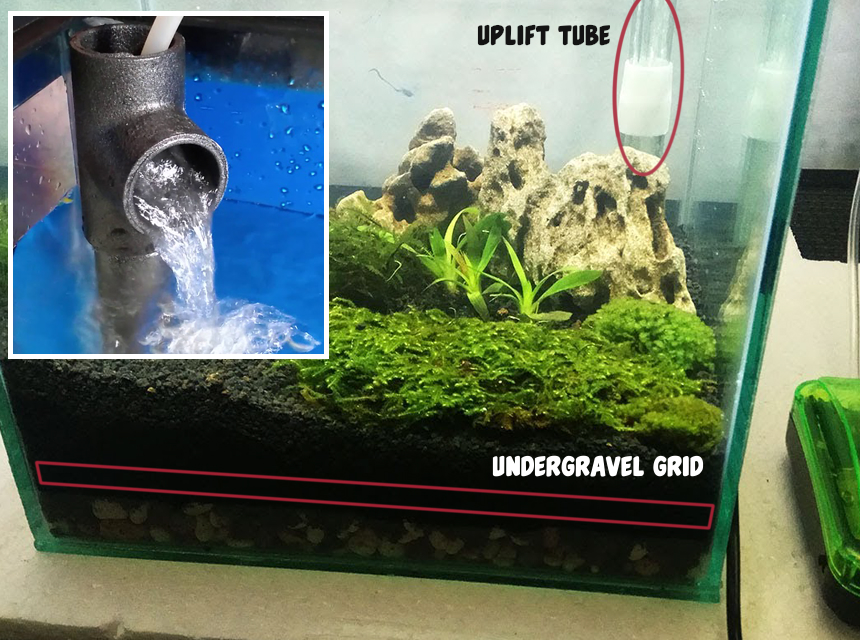 The relatively affordable: compared to other types of flyers, undergravel filters are inexpensive, and you can get some models for under $50. You can use them for your fish tank or other marine animals such as turtles.
The relatively affordable: compared to other types of flyers, undergravel filters are inexpensive, and you can get some models for under $50. You can use them for your fish tank or other marine animals such as turtles.Based on multiple reviews, the Penn-Plax Clear-Free premium undergravel aquarium filter is one of the most popular models in the market. It’s both freshwater and saltwater safe and can be used on 40 and 55-gallon aquariums. This undergravel filter is also easy to set up & maintain and comes with 2 carbon filter cartridges that aid in removing water discoloration and odors. It doesn’t impact the aesthetics of your fish tank as it hides from view.
Cons
Even though undergravel filters are highly reliable, they have several drawbacks.
Installing an undergravel filter is fairly simple, but you have to follow this step-by-step guide for maximum efficiency.
Undergravel filters are a great purchase. They’re easy to install, low maintenance, and reduce the accumulation of toxic particles for the fish’s fecal matter or food. They are also highly effective and can be used with various accessories to enhance their efficiency. How does an undergravel filter work? Well, they create water movement to eliminate unwanted substances in the fish tank. You should, however, stick to a regular cleaning schedule to prevent the accumulation of toxins. This should, however, be a minor inconvenience because water changes are a regular aspect of owning an aquarium.
